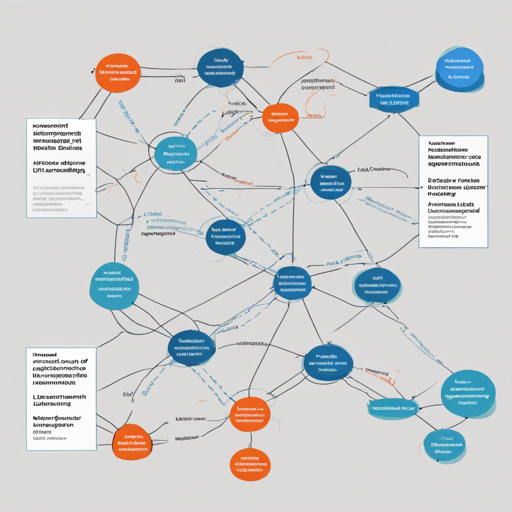In this article, we’re going to delve into the Latent Structure Refinement (LSR) model as implemented in PyTorch. This model, which was presented in the 2020 ACL paper “Reasoning with Latent Structure Refinement for Document-Level Relation Extraction,” is designed to enhance document-level relation extraction through dynamic reasoning and latent structure induction. Follow this guide for a user-friendly approach to getting started with the LSR model.
Requirements
Before we jump into implementing the model, ensure that you have the following Python packages installed:
- python == 3.6.7
- torch == 1.3.1 + CUDA == 9.2
- OR torch == 1.5.1 + CUDA == 10.1
- tqdm == 4.29.1
- numpy == 1.15.4
- spacy == 2.1.3
- networkx == 2.4
Overview of LSR Components
The LSR model comprises two main components: the **Node Constructor** and the **Dynamic Reasoner**. Let’s break these down using an analogy:
Imagine you’re a chef preparing a gourmet meal. The **Node Constructor** is like your sous-chef who carefully selects and averages the best ingredients (representations of mentions) for a delicious dish (entity node). In our case, the entity node *Lutsenko* is created by averaging the representations of the name itself and its references like *He*. This careful selection ensures that the essence of every ingredient shines through.
Now, think of the **Dynamic Reasoner** as the cooking process itself. This is where all the ingredients (nodes) are mixed together and refined multiple times (using stacked blocks) to create the perfect dish. Each round of cooking (refinement) results in a more complex flavor profile (latent structure) that contributes to the overall taste (inference).
Dataset Preparation
To train the model, you first need to prepare your dataset. Download the dataset and pretrained embeddings from here. Follow these steps:
- Put the files
train_annotated.json,dev.json, andtest.jsoninto the.datadirectory. - Put the files in the
predirectory intocode/prepro_data.
Data Preprocessing
After organizing your dataset, it’s time to generate the processed data. Open your terminal and run the following commands:
cd code
python3 gen_data.pyIf you’re using the BERT encoder, use this command instead:
cd code
python3 gen_data_bert.pyTraining the Model
With the data ready, you can start training the LSR model. Execute the following in your terminal:
cd code
python3 train.pyIf you’re using the BERT encoder, make sure to set the --model_name as LSR_bert.
Testing the Model
After successfully training the model, you can proceed to test it with the following command:
python3 test.pyTroubleshooting
If you encounter issues during any of the steps above, consider the following troubleshooting tips:
- Ensure all required packages are installed and compatible with your Python version.
- Verify the directory structure of your dataset to ensure files are in the correct locations.
- If you face CUDA-related issues, check if the correct version matches your PyTorch installation.
For more insights, updates, or to collaborate on AI development projects, stay connected with fxis.ai.
Conclusion
In conclusion, the LSR model offers a powerful approach to document-level relation extraction via its unique architecture. By following this guide, you should be able to implement the model efficiently and troubleshoot common issues. At fxis.ai, we believe that such advancements are crucial for the future of AI, as they enable more comprehensive and effective solutions. Our team is continually exploring new methodologies to push the envelope in artificial intelligence, ensuring that our clients benefit from the latest technological innovations.

